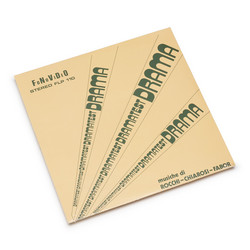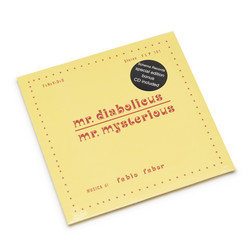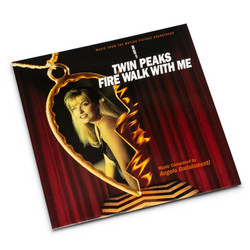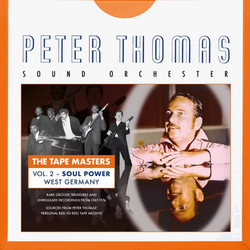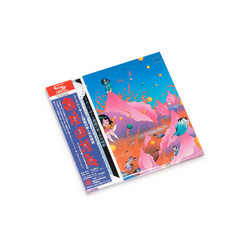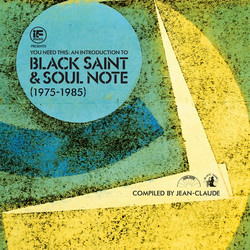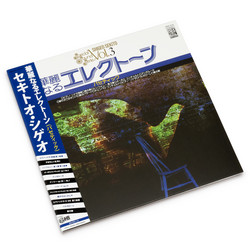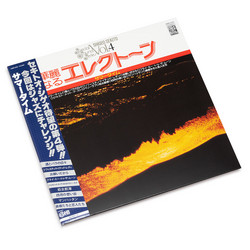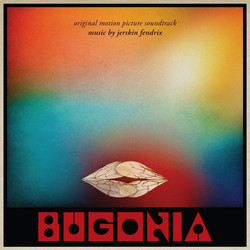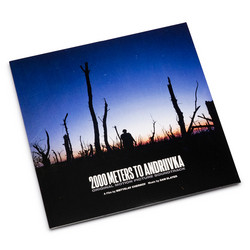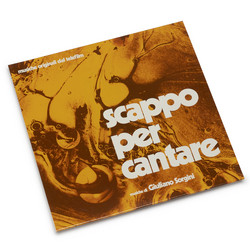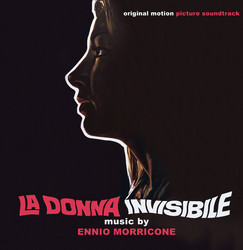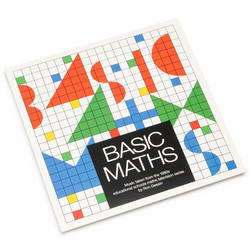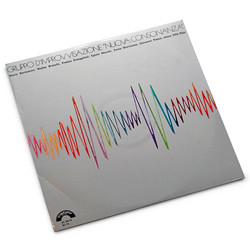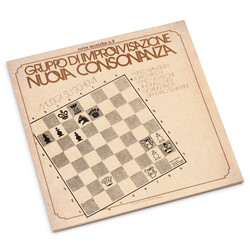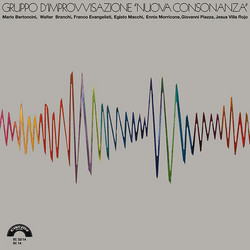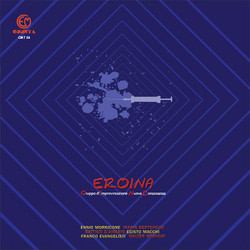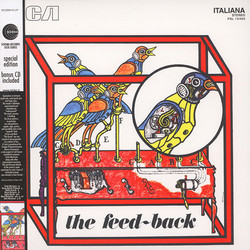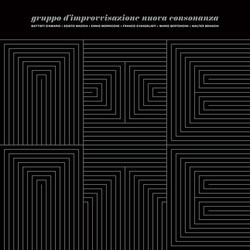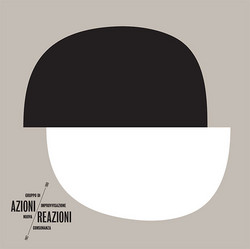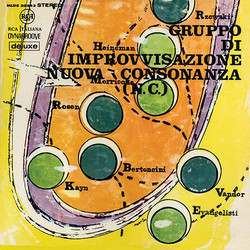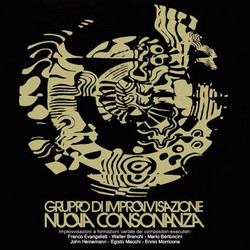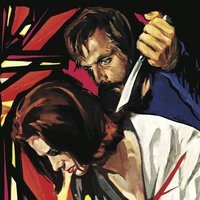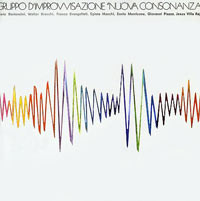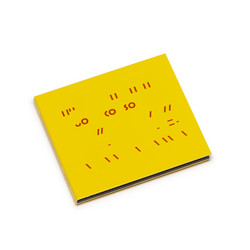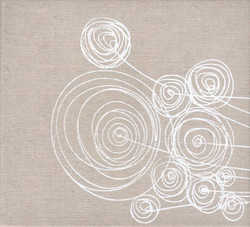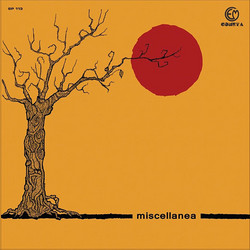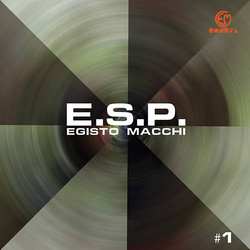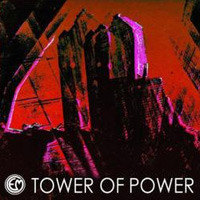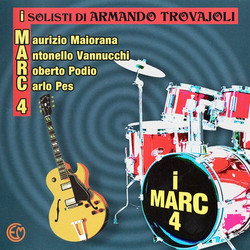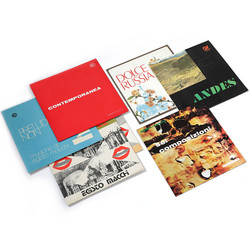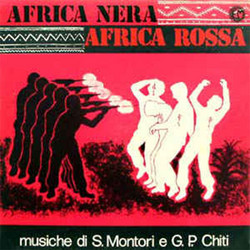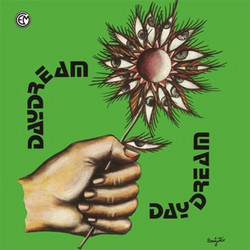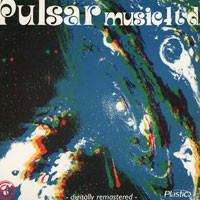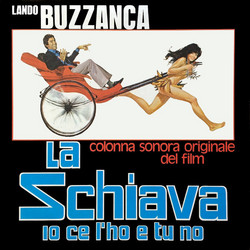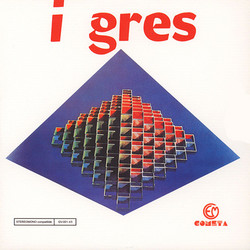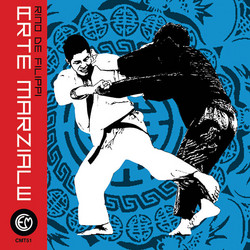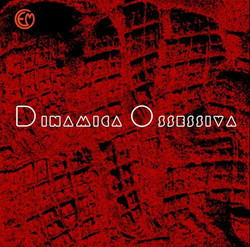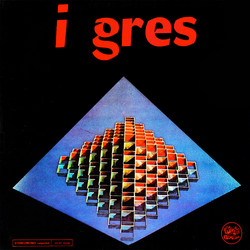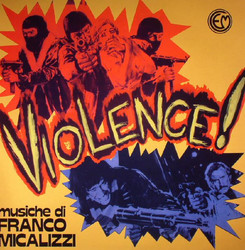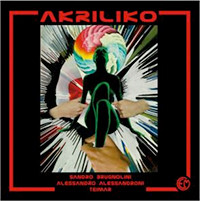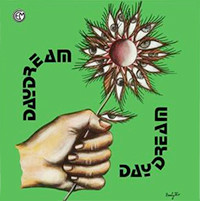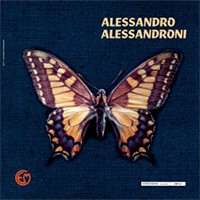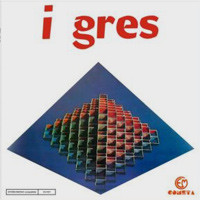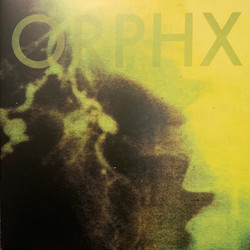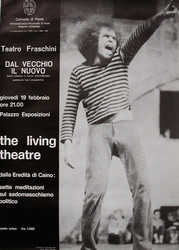Gruppo di Improvvisazione Nuova Consonanza
Eroina
Mindblowing 1971 Nuova Consonanza unpublished work from the legendary ensemble, here with a series of lengthy improvisations haunting whirls of electronic glitch, skronky horns, pounded piano and weird tape experiments to droney spaced/drugged out free jazz. A timeless masterpiece, I'd say...Unfortunately it is strictly limited to 500 copies only.
"Describing the feelings is a constant challenge that, we regret to say, is almost never successful. The description of the topic that we are dealing with, which is always very personal, can become either too banal or overly dramatic, if not thorough. In most cases, the drug is considered too much or too highlighted given its inevitable cause and effect on any person who was the victim of this unfortunate traumatic substance. Among the various arts only music can, and not always, rebalance and re-create those deep moods that make strong any real feeling, as long as the composer who is currently dealing with these sensitive topics, is a great Maestro, or as in our case, a collection of great masters, among which stands out the name of Ennio Morricone. The music, if it is well conceived, well-orchestrated and well done, touching those strings that are secretly hidden, enables to revive feelings that are deeply hidden and personal, projecting the listener on an ever-changing sensory world. If the same authors who have composed the music also play it, the result is extremely positive because they give us back full musically their own feelings so processed and amplified. One of the most thorny and sensitive issues that engage and disrupt our society is undoubtedly that of the drug and those using it. To create artistically and musically this distressing subject is a hazard few musicians have been challenging themselves directly. The group of masters of “La Nuova Consonanza” is committed not only in this rough and dangerous topic, but they explored it , musically highlighting the difference between a substance and the other, arguing the lifestyles to which social drug reference. The first ominous song "Warum" (Why 'in German), tells us that the teachers have asked themselves what is the trigger that has a pressing need of the drugs and they immediately understood that the main cause is a request for help, musically well-evidenced by the trumpet played by Maestro Morricone that imitates to perfection a strangled cry accompanied by a slow background of drums and distorted guitar, while other instruments are involved in sporadically emphasizing a state of constant discomfort. Then, the rhythm suddenly becomes insistent, almost bad, as if anger had reached its climax and something inside finally broke and then back to the same initial state of mind. In RAPTUS the music gives a pulse of high intensity leading to a state of anxiety and it portrays a state of mind where you feel a momentary loss of ability to understand and a compressed violence ready to explode. Percussion instruments, membranophones and idiophones, are used to describe the song "AGHI". The extreme use of timbre and sound capabilities of these tools and their wise overlap do not make us regret the absence of traditional acoustic, electric or electronic instruments, and it emphasizes the aspect of cold metal needles that inject the drugs into the human body. During the mega concerts of the sixties and seventies, which lasted for days and days, the most used drug was hashish, because it was cheap and this drug flowed among the youth. “La Nuova Consonanza” recreated in "HASCHICH" moments and feelings that a boy of that time felt under the influence of drugs. A base made up of drums and electric bass accompanies small interventions of a spinet plucked with the fingers which reproduces distorted yet catchy themes. In the central part a melancholy flute is accompanied by an electric guitar and a bass that fade at the end of the song. EROINA, METEDRINA E OPPIO are similar songs that show, in a purely imaginary way, the more or less heavy effect on the human being that these drugs cause and in these songs every Master has highlighted its interpretive skills by playing his personal instrument
LTD 300 copies
